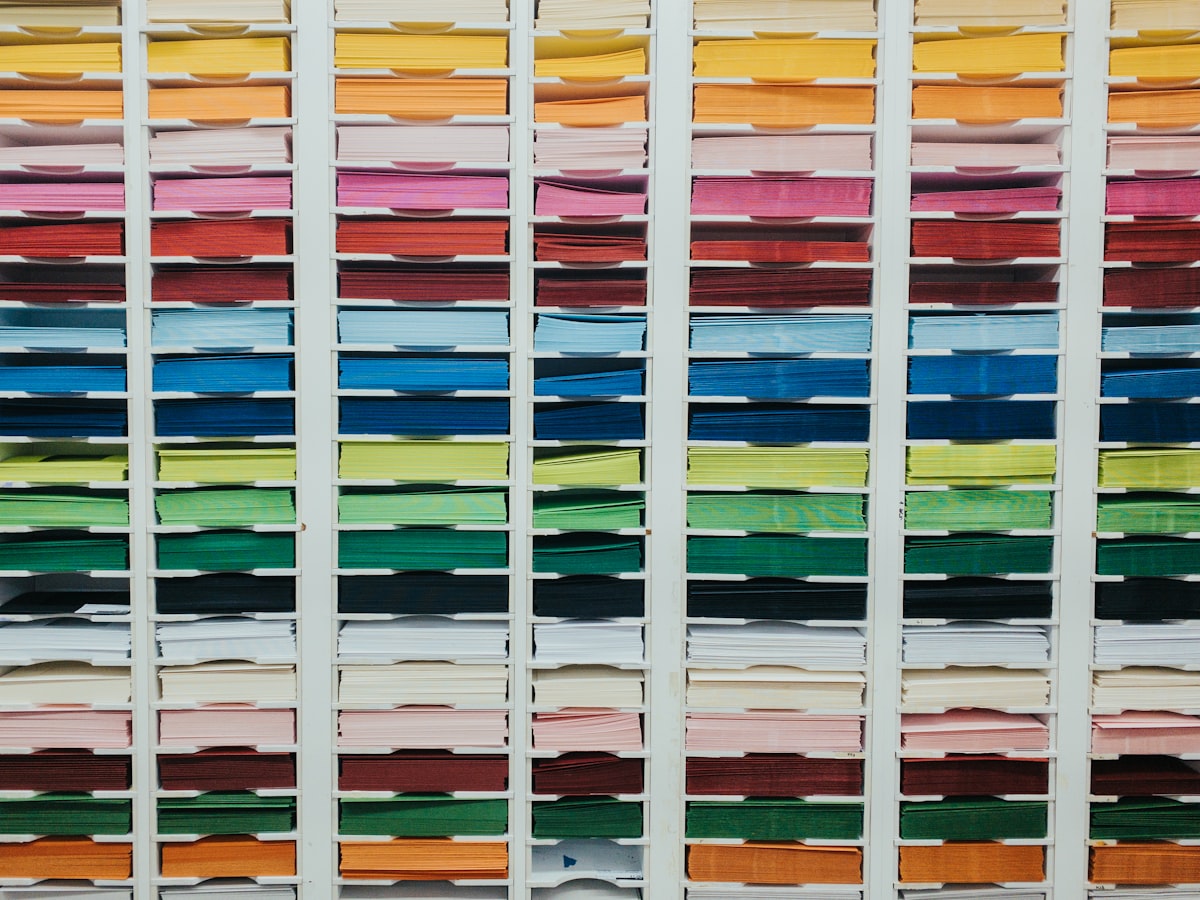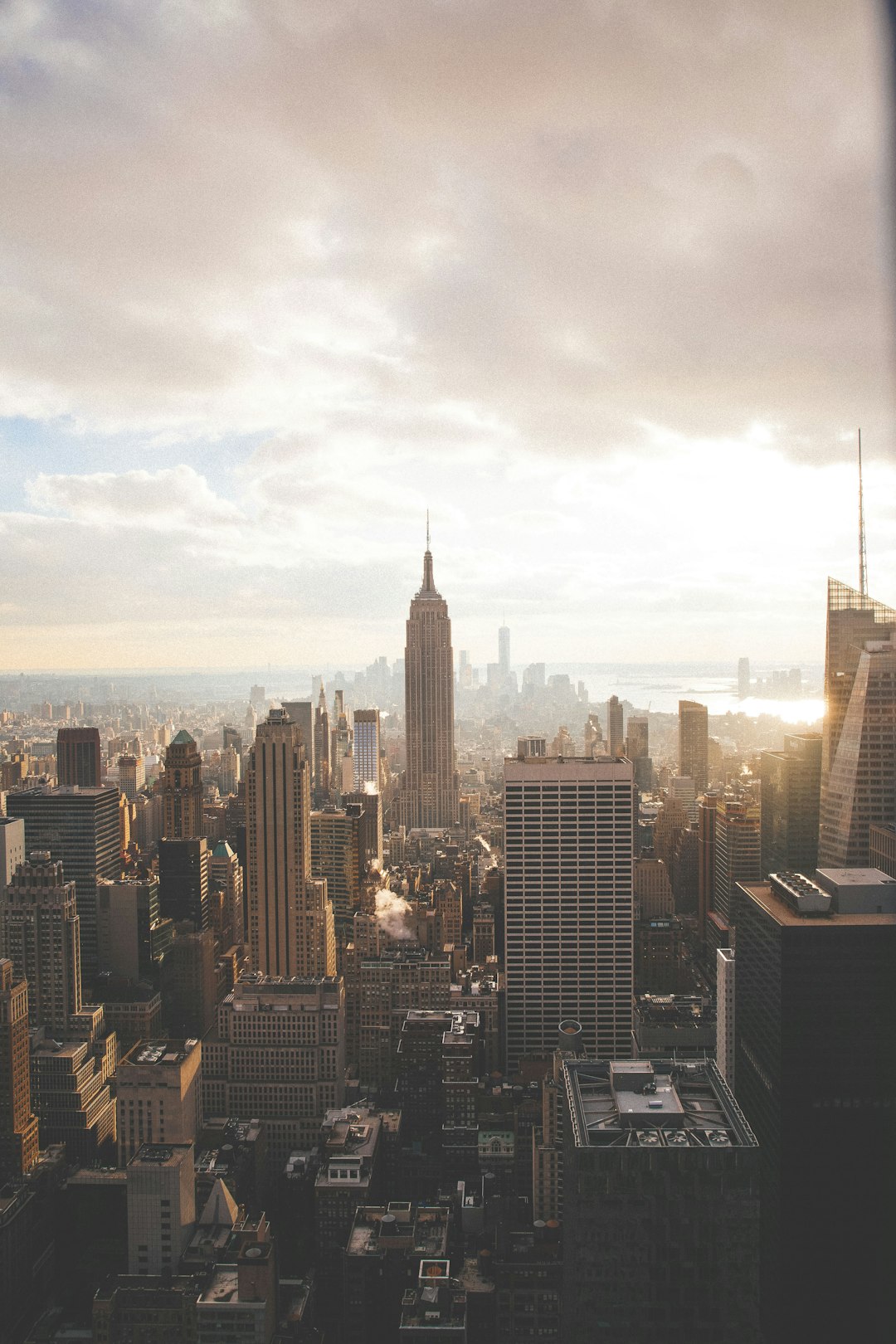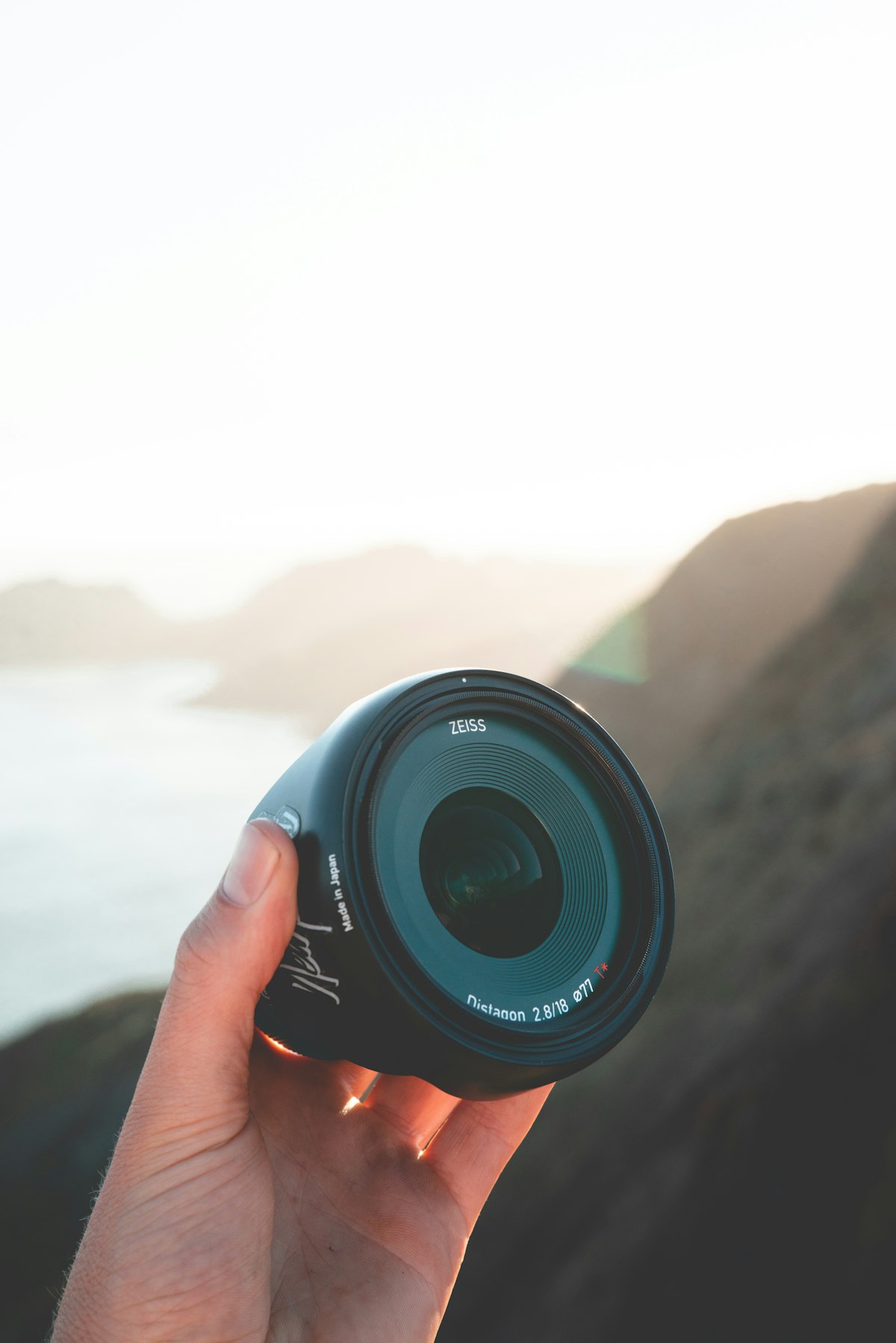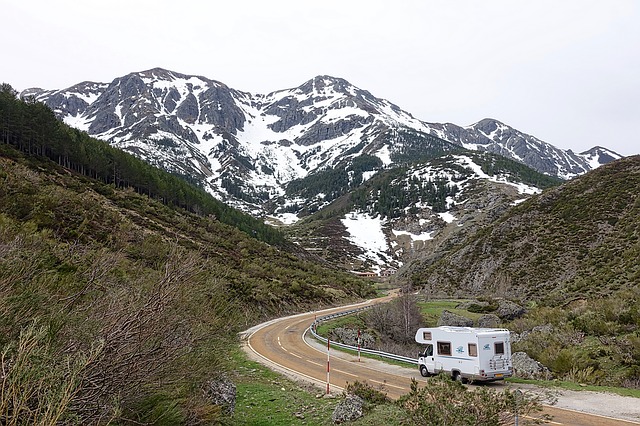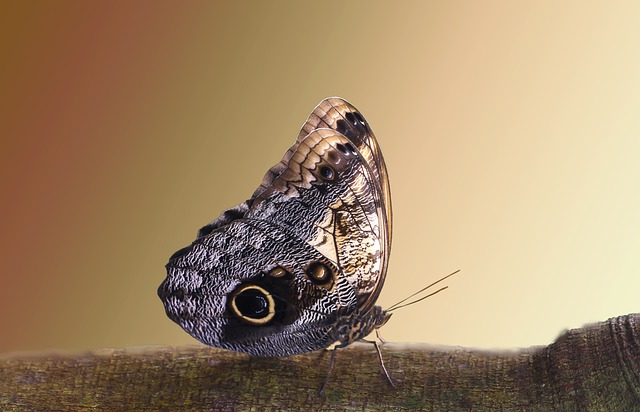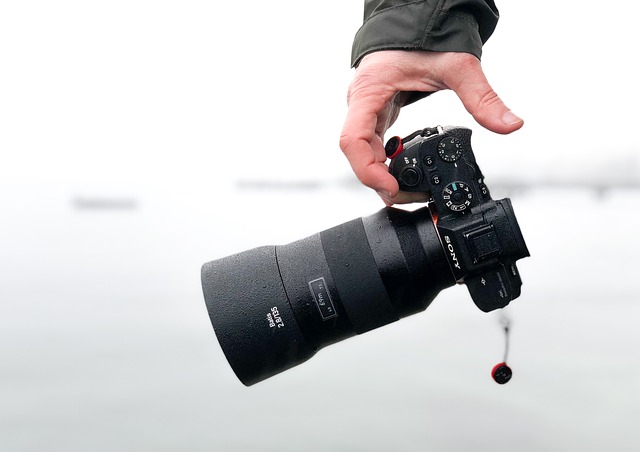
Photography can be powerfully rewarding. It is special to know that the memories captured can last forever. You can look back on innocents and the way people were when they were young. These tips can bring a unique, original perspective to your photographs. Use these tips to bring your photographs to life.
When preparing to shoot, you should hold your camera close to your trunk and grip it firmly on the sides and bottom. Much clearer photos will result, as the hand shaking will be minimized. Cradling your hands underneath your camera and lens also prevents you from clumsily dropping it.
You need to be fast when snapping your pictures! If you take a long time to snap the shot, you might miss it. It will change the look of the photograph. A fast camera will help you take better photos.
Only select your very best photographs to display. Do not display all of your pictures or too many on one topic. When people are looking at your photography, they don’t want to see similar subjects over and over. Keep things fresh by showing off a variety of your photography.
Try different shutter speeds on the same scene to see which one gives the best results. You can get some awesome photos at the drop of a hat and this will allow you to blur some time periods together. Traditionally, fast shutter speed is used for motion while a slower speed is used for still scenes.
There’s no hidden skill required to become a great photographer. Do not stop taking pictures. With each image that you capture, you gain experience. Digital cameras give you the ease of not having to develop or keep all your photographs. Gaining experience with photography will allow you to use hindsight to get a better view.
Always highlight your very best images for showcases and displays. Keep things fresh and not repetitive. Just because you took a photo does not mean you have to show it. Your audience does not get as much out of each picture, and can become quickly bored from seeing the same photo subject matter over and over. Try to keep your photography fresh and unique.
When you go travelling, look around for new ideas on all the different things you can shoot. To get more tips on how to start, go to a postcard rack. These cards will have subjects and attractions that are popular with visitors. Get your own angle on these places.
Do you want to work with exposure? You need to experiment with shutter speeds. Your camera actually has A,M,S and P settings. The letter “P” indicates program mode. This setting is your automatic one. The shutter and aperture speed are automatically set up for your use. For general use, the “P” setting is the right one to choose.
When dealing with any kind of landscape subject, you need to make sure that your photos have three very important things. A good landscape has interesting content in the foreground, in the background, and also in between the two, in the mid-ground. Not only are these important for photography purposes, but most types of art.
Take photographs of souvenirs and mementos gathered during your travels. To help you remember where you purchased items, stand in front of the store with the object, and take a picture. This will help you keep the narrative of your souvenirs alive well after you have returned from your vacation.
Be conscious of the natural light. Early morning light or late afternoon glows are best for taking photos outdoors. At the height of the day the sun will produce unwanted shadows in your photos, plus your subject may have issues avoiding squinting if the light is too strong. The sun should be hitting just one side of your subject.
Composition is an important factor that every beginning photographer should consider and educate themselves on. If composition is lacking, your photograph as a whole will feel as if it’s lacking something. Try educating yourself about proper composition and your photography skills will soon improve.
Read the manual for your camera. Manuals can be thick, heavy and contain a lot of technical terms. People tend to place them at the back of drawers or they get thrown away. Rather than throwing the manual away, you should read it. It can enable you to take better photos, and it will also prevent you from making stupid mistakes.
Natural lighting is a key component. The ideal lighting for outside photos is provided by the sun when it is low on the horizon. If the sun is very high, it will cause lots of shadows and even squinting subjects. If you do use sunlight, position your photo so that the sun is hitting the subject from the side.
Use the manual white balance when you take your pictures. This allows you to have greater control over your pictures by altering the overall mood and tone. Of course, you may struggle at the beginning, but with time, you will learn how to achieve a manual white balance.
Have you ever wanted to photograph subjects that were wet or left in the rain? You can mimic this effect by using a spray mister and covering your subject with water to simulate rain.
For a gripping photo, experiment with depth of field. Choosing a lower f-stop number will sharpen the focus on your central subject, and blur the rest. When the subject sits close to the lens, such as a portrait shot, this is a great idea. In contrast, increasing your f-stop setting will also increase the field depth and bring all elements of the photograph into focus in a more even manner. Make sure to use this for your landscape photos.
Experiment a little with the focus to create interesting pictures. Choosing a lower f-stop number will sharpen the focus on your central subject, and blur the rest. Try this strategy when taking portraits or other close-up shots. If you want everything in the composition to be in focus, use a larger f-stop. This is ideal for landscape photographs.
When you want a great photo, make sure your camera is well-focused on its subject. Good camera focus is essential for good composition and perspective. When you are beginning, keep in mind what you want to take a photo of and make sure it is at the center of the picture. Let the background happen naturally.
Don’t miss out on the opportunity to shoot something great because you couldn’t properly adjust your settings. However, you also don’t want to let the camera decide everything for you. Look around and find a setting which lets you change things as you want to.
Most cameras only allow you to focus on either highlights or shadows in one picture. If you can’t choose between highlights and shadows, take two shots. If you still can’t determine which shot is better, use photo-editing software to blend the two shots into a new composite photo. This composite photo may seem perfect to your eye.
Use a variety of shutter speeds to get unusual shots. Many photographers, especially those using a camera’s auto settings, use the fastest shutter speed for the available light to freeze all moving action in the picture, but slower speeds such a 1/30 can create interesting effects. Can you imagine a bicyclist racing by you? The background will show the speed of the cyclist, while they themselves will appear crisp and clear.
It is important that you understand the ISO function of your camera and what it can do to your photo. Setting the ISO at a higher level increase the grain and noise of your photograph. This is not something you want in your photographs unless you are taking a photo that is bettered by the grainy effect.
If you are taking photos in a natural setting, do so with great care. Also, take some time to really appreciate your surroundings, making sure not to leave anything behind. Don’t try to set up a scene in nature. Just take the beautiful photograph in front of you.
You can make anything look interesting by adjusting your camera’s settings, using a different kind of lighting or even by just changing the shot angle. Experiment with these options prior to taking actual photographs so that you have a better handle on how they will affect the shot.
If you take photos with film, pay attention to the differences between film brands to decide which produces the most favorable results for you. Nearly every photo artist has an opinion on which brand of film works best. There is no true advantage to using one film over another. Your personal preference is the most important part.
Red eye probably seems unimportant, but you probably wouldn’t want to frame a picture with that issue. You can keep those red eyes out of your pictures by not using the flash unless absolutely necessary. If you do have to use it, make sure the people in the photos don’t look directly at the lens. There are also cameras out there that have a feature that eliminates red eye.
To catch a clear image of a moving subject, use the necessary settings to avoid blurs. Increase your ISO to make sure everything works properly. The result will be a sharper image of the moving subject.
There will be times where the lighting just won’t allow you to capture a good photograph. Other times, you may have issues with getting your image to have uniform lighting. What is the remedy to this dilemma? Try using photo editing software to edit the photos with gradient filters that will counterbalance the contrasting light.
Photography is about capturing precise moments before they are lost forever. Even if a picture is just a piece of paper, it is much more meaningful than that. By applying the tips laid out here, you can now capture and create something special with your photos.
Sometimes a flash will benefit you, and sometimes it won’t. You should not just turn it on and forget it. Many times, too much light can ruin an otherwise excellent photo. When shooting in dim or dark conditions, it is appropriate to use the flash.
You can make life a lot easier and stress free if you learn these things now on the subject of Gopro Accessories, pure cotton down alternative pillow
nurse home waterproof mattress protector
mattress and box spring encasements. So, it is good that you have been reading up about it. Maintaining a high level of knowledge is optimal for success. Apply what you’ve learned here as you begin your next project.






